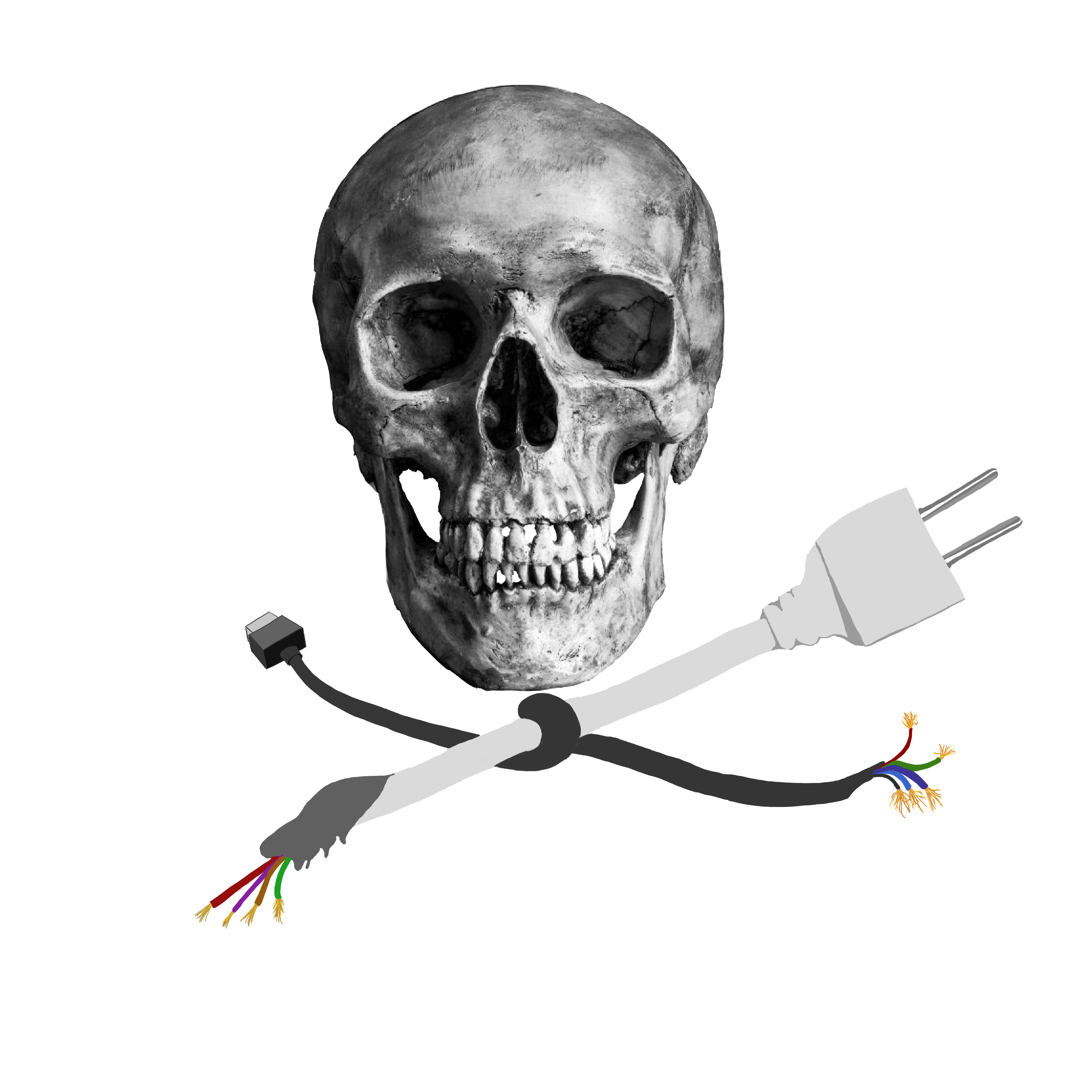

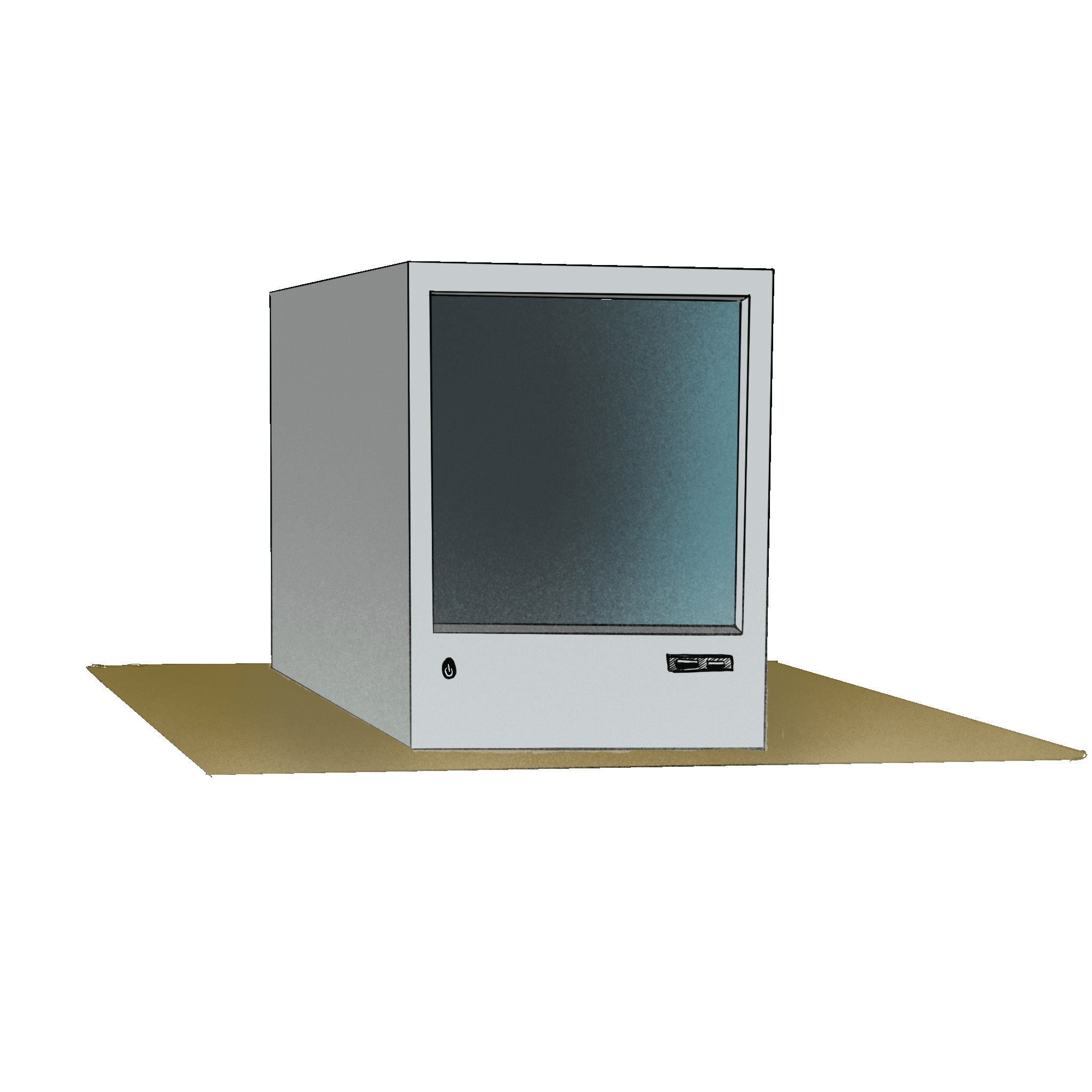
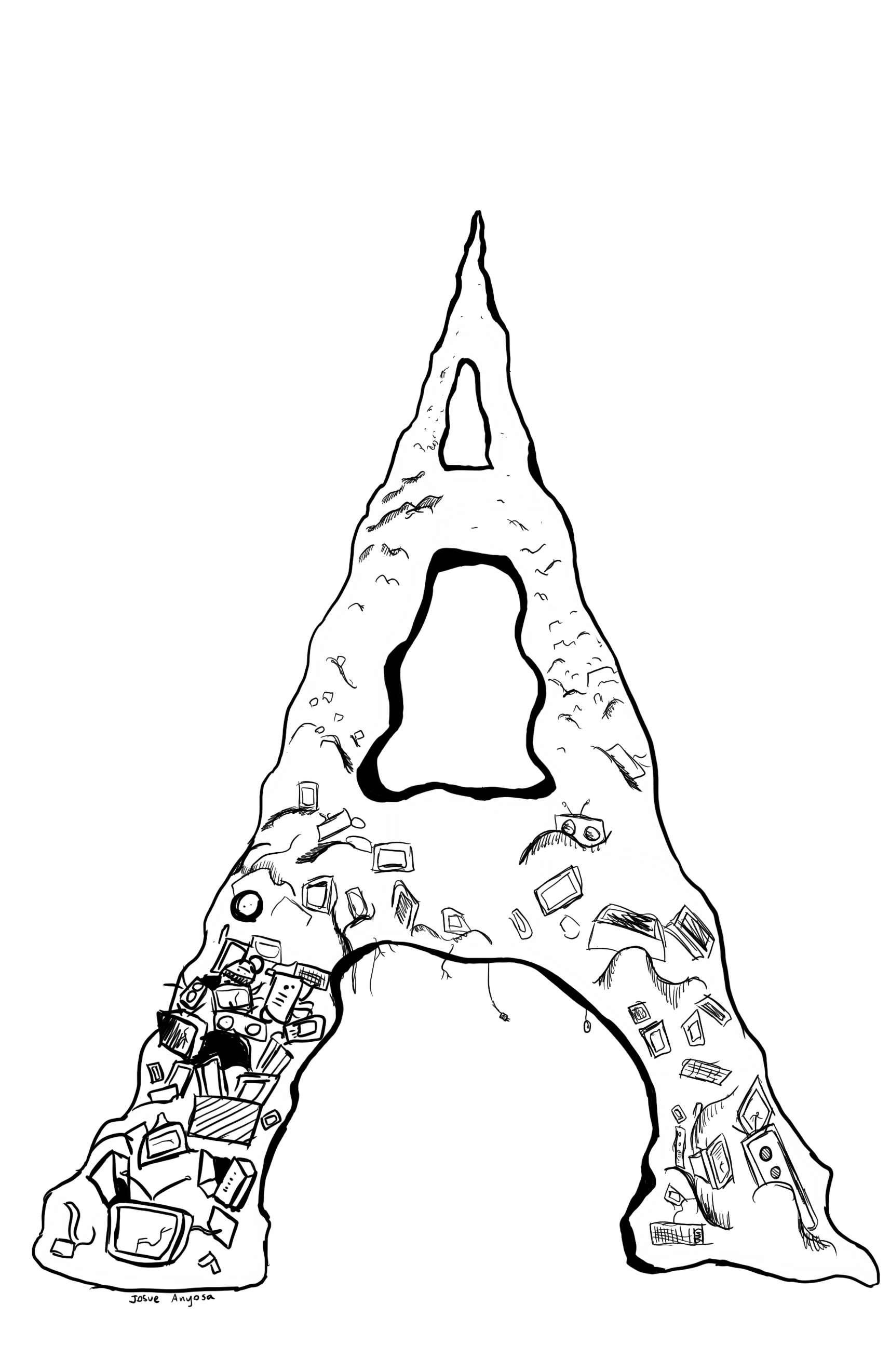
What is E-Waste?
Electronic waste refers to all items of
electrical and electronic equipment (EEE) with
parts that have been discarded by its owner as
waste without the intent of re-use.

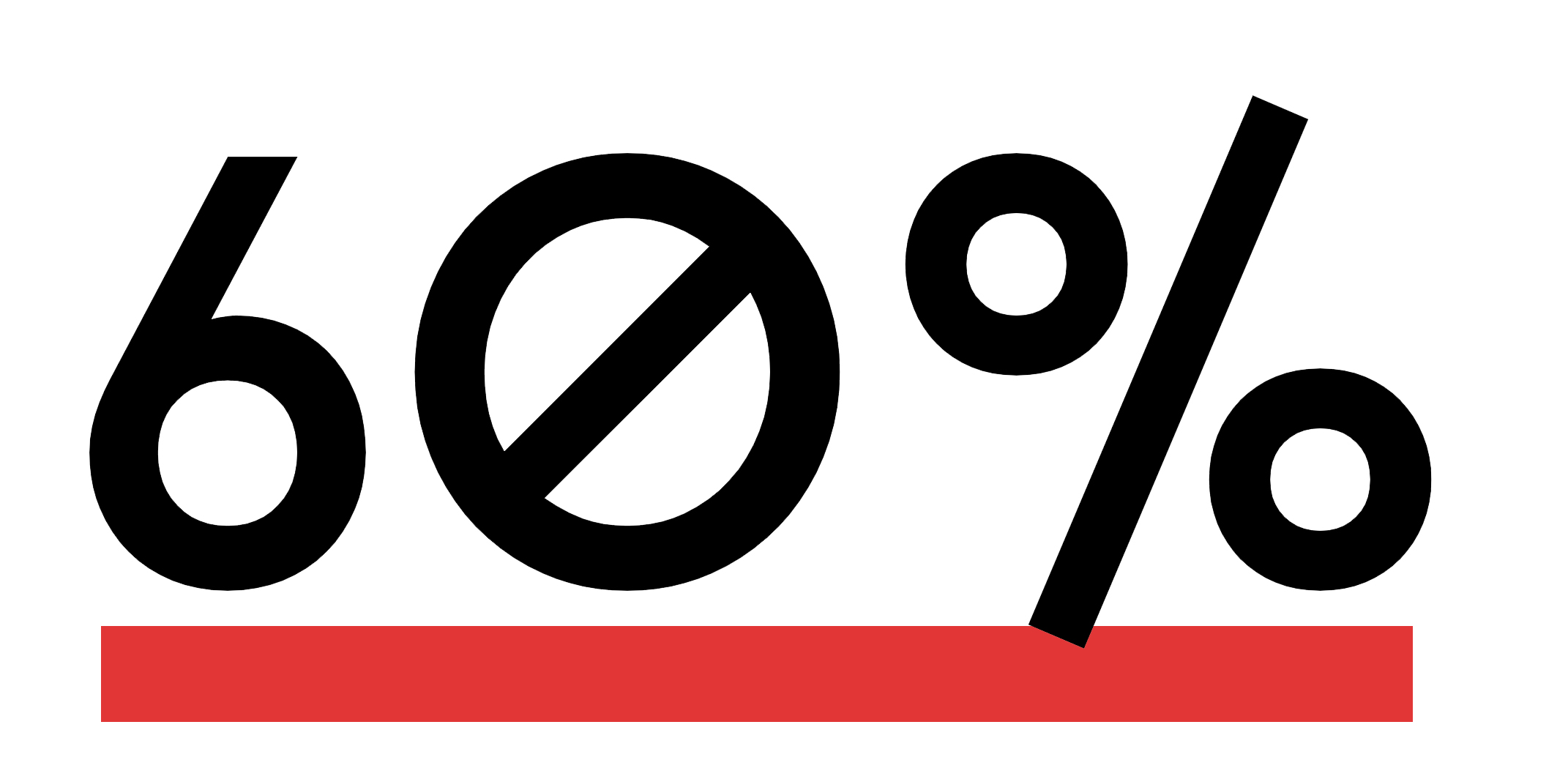
of e-waste is appliances
Appliances make up the majority of e-waste
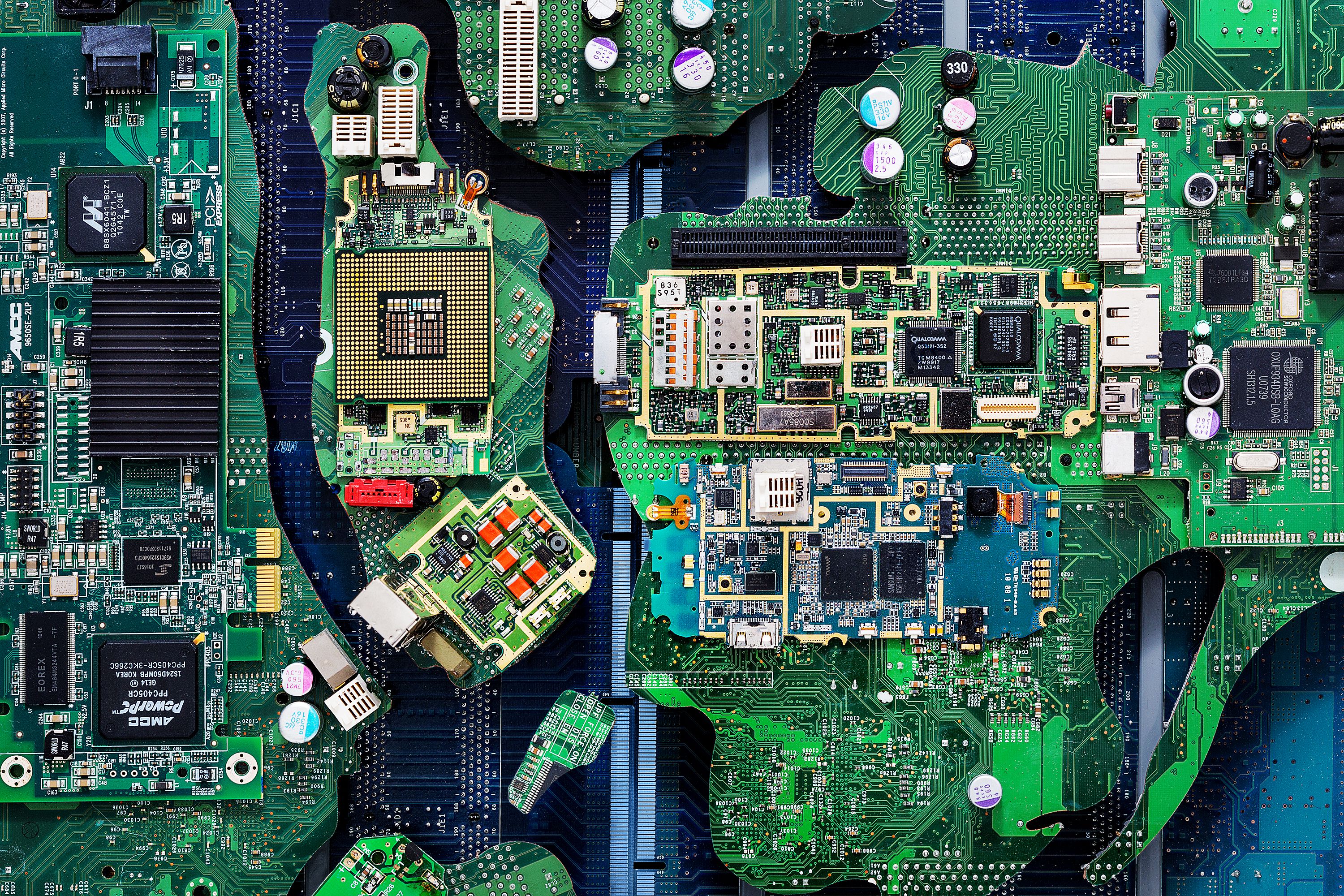
Environmental Concerns
Resource depletion and dangerous substances arising from waste from
electrical and electronic equipment.
The electrical components end up in land fills, where the heat
causes them to release harmful chemicals detrimental to the environment.
Many of these components can be reused.
Another problem arises from the fact that many of the electronic components contain a little amount of precious
minerals such as gold and silver. With the incredible amounts of pieces a common
landfill receives, a good profit can be made. Some so-called "Electronic recyclers"
ship parts to asia, where workers dissasemble the machines and burn them in acid
in order to extract the minerals. This is done without any type of security measures
and due to the toxic fumes, it often leads to death.
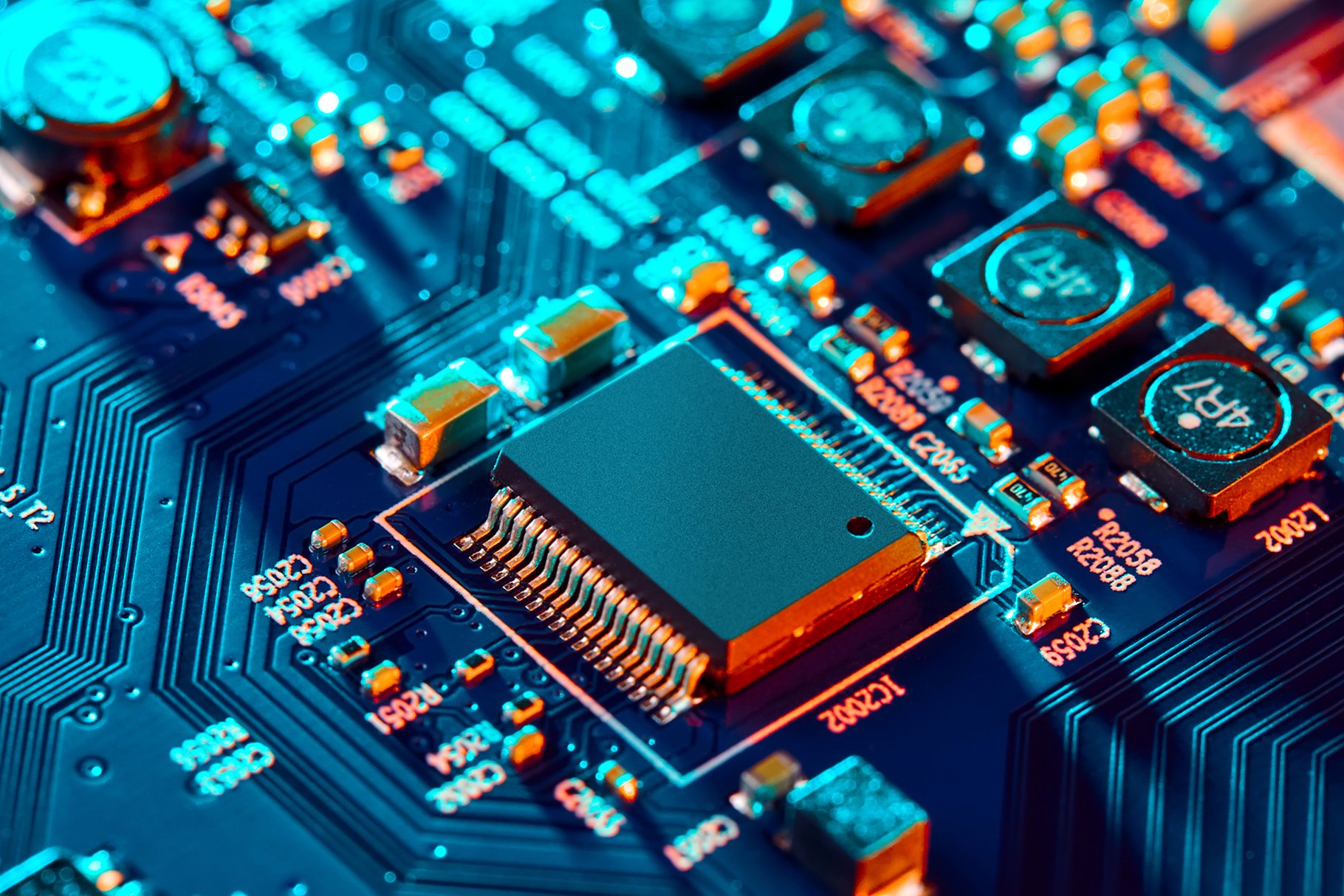
Electronic devices are made of a complex mix of materials that include gold, silver, copper, platinum, palladium, lithium, cobalt and other valuable elements.
One Metric ton of circuit boards contains from 40 to 800 the amount of gold and 30 to 40 times the amount of copper mined from a metric ton of ore mined in the United States. That is why so many people are interested in 'recycling' e-waste